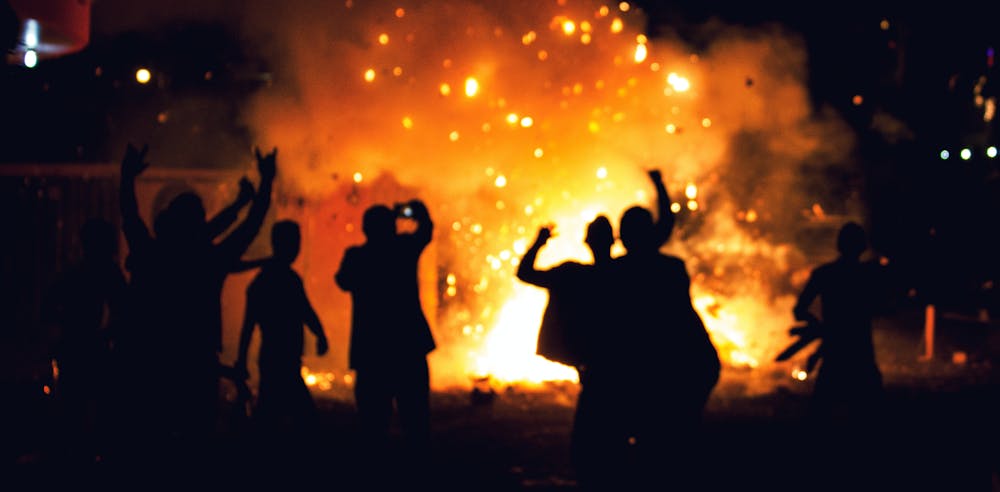Related Articles
What causes idols to ‘drink’ milk?
On 21 September 1995 a small temple in Delhi reported that their idol of Lord Ganesha was drinking milk. The Maharashtra Andhashraddha Nirmulan Samiti (MANS), a rationalist group founded by Narendra Dabholkar, attempted to quell the mass hysteria that followed with scientific explanations for the phenomenon.
29 Jul 22
Are animistic religions still practiced in India?
Attributing divine energy to people, nature, animals and natural phenomena is known as animism. While many tribal communities have adopted Christianity, Hinduism, Islam or Buddhism, many still practice their own unique animistic religion.
29 Jul 22
Have Indians become more religious these days?
Religiosity is mostly determined mostly by socio-political reasons, including financial crises and cultural issues. In recent years, India has been through a socio-economic churn that has left people feeling more insecure about their future.
29 Jul 22

